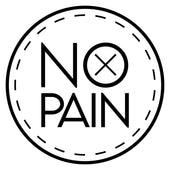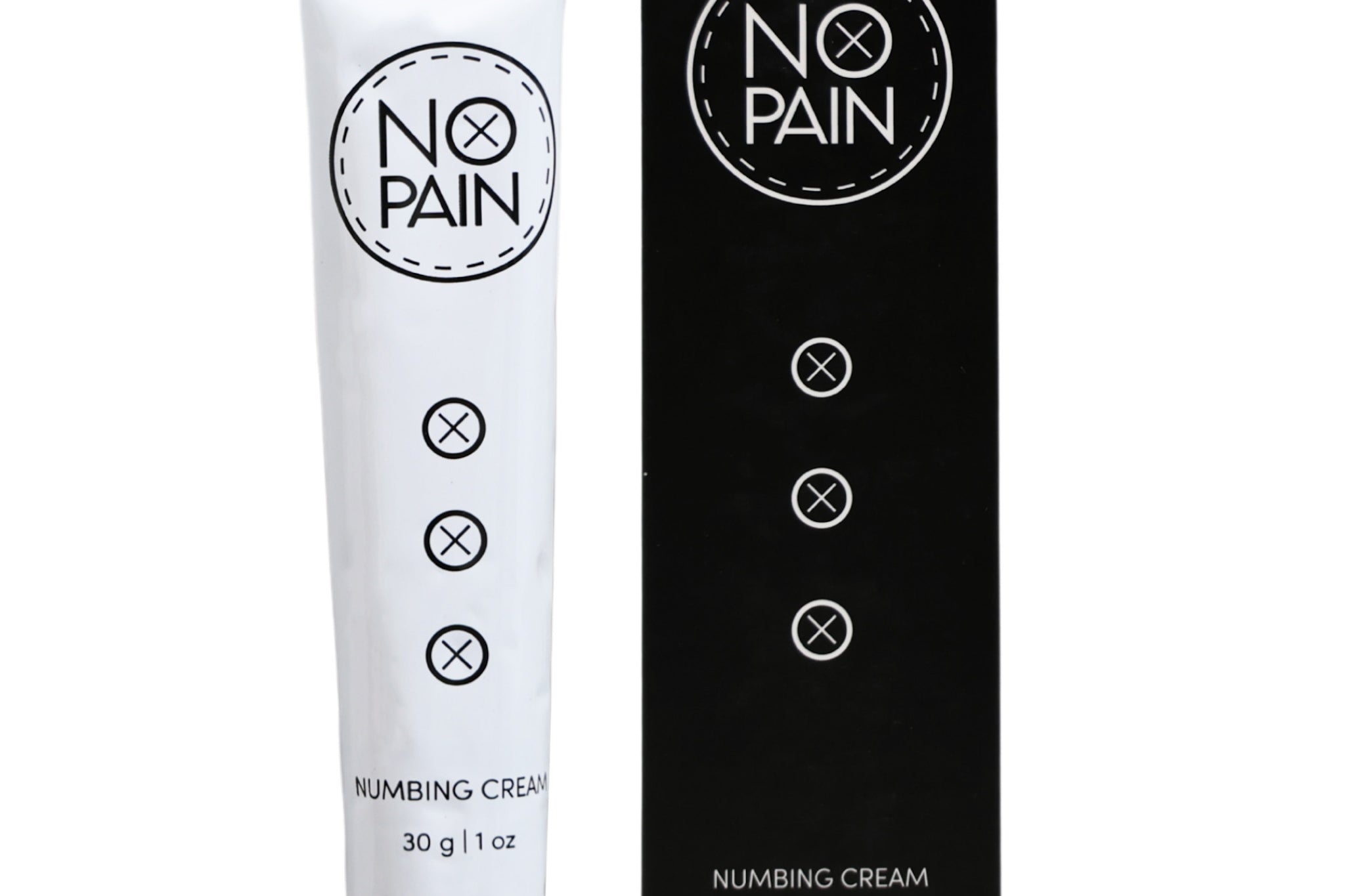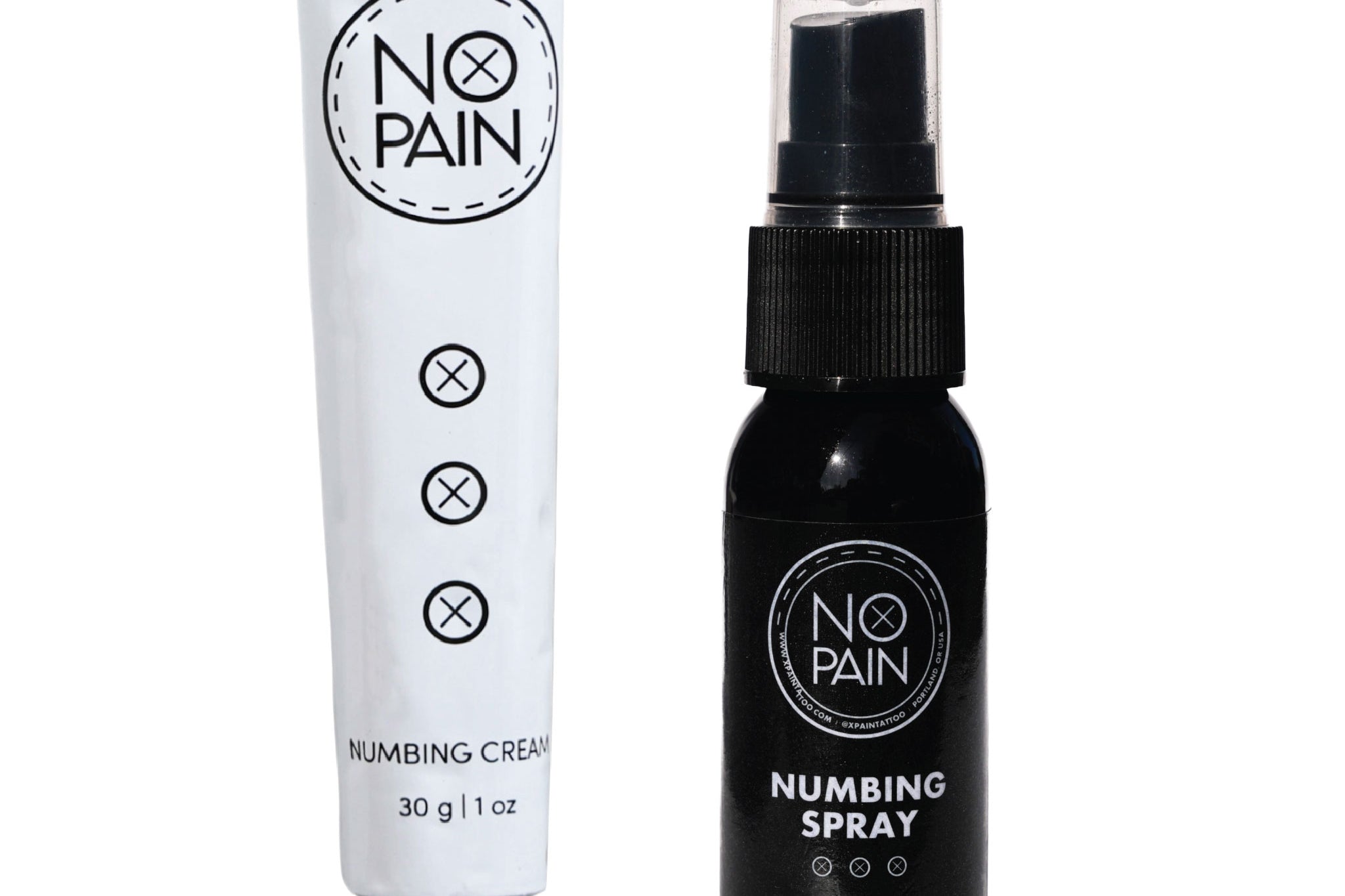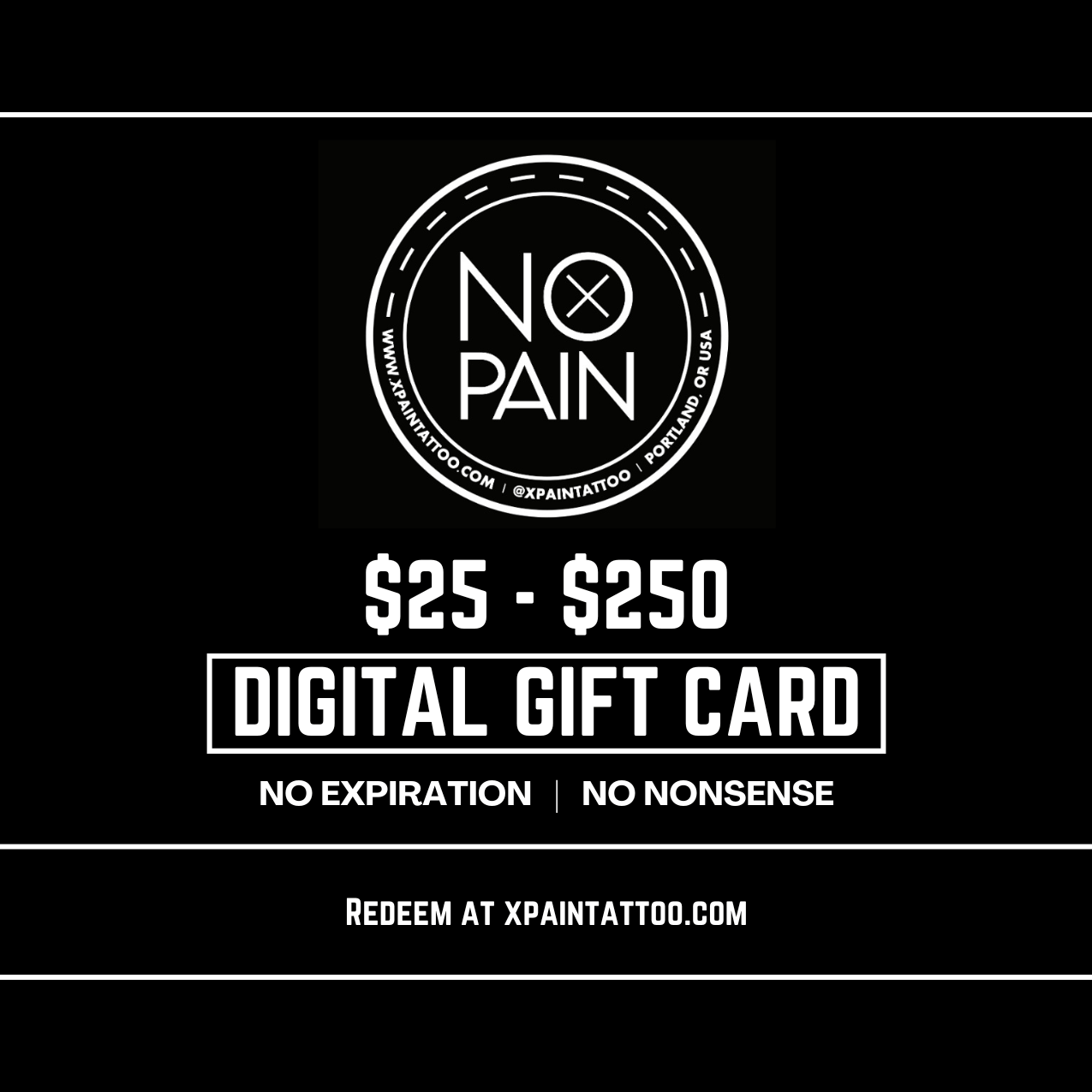You're in the middle of your daily aftercare routine. You're trying to do everything right, but as you inspect your new tattoo, you see it: a smattering of small, red or white bumps. A rash or a cluster of pimples has appeared right on top of your beautiful new art. Your mind immediately jumps to the worst-case scenario: "Is it infected?"
While it's an alarming sight, take a breath. In most cases, these little bumps are not an infection. They are usually a sign of a common, and most importantly, correctable issue with your aftercare routine.
This guide will help you diagnose the problem, explain why it's happening, and give you a step-by-step plan to clear it up and get your healing back on track.
Disclaimer: This guide is for informational purposes. If your rash is accompanied by severe pain, a foul odor, colored pus, or a fever, it could be a sign of a serious infection. Please contact a medical professional immediately.
The Most Common Culprit: Clogged Pores
The #1 cause of pimples on a new tattoo is clogged pores. A new tattoo is a healing wound that needs to breathe. It needs to expel plasma, excess ink, and sweat as it repairs itself. When you apply a thick, heavy, or greasy ointment, you can create an occlusive barrier that traps all of this under the skin.
This usually results in a cluster of small, painless whiteheads or red bumps directly on the tattooed area, a condition often called milia.
This is a classic problem with old-school, petroleum-based aftercare products like Vaseline or Aquaphor, as they are not breathable. Our founder struggled with this exact issue for years, getting frustrating breakouts on his new tattoos every time he used a heavy ointment. This is the core reason he was so passionate about creating a non-comedogenic (non-pore-clogging) alternative.
The 4-Step Plan to Clear Up Your Tattoo
If you see a breakout on your new tattoo, don't panic. Take action.
Step 1: Stop Using Your Current Moisturizer
If you are using a thick, petroleum-based ointment or a greasy, scented lotion, stop immediately. This is almost certainly the cause of the problem.
Step 2: Gently but Thoroughly Clean the Area
You need to clean away the excess oil and bacteria without irritating the skin further.
-
Wash the area 2-3 times a day with a gentle, hypoallergenic cleanser. Our No Pain Tattoo Cleansing Foam is perfect because it cleans effectively without scrubbing and is free of the harsh chemicals that could be causing the irritation in the first place.
Step 3: Let the Tattoo Dry Out (Temporarily)
After washing and patting the area dry with a clean paper towel, let your tattoo air dry completely for a good 20-30 minutes. Let it breathe. For a day or so, you might even skip the moisturizer entirely to allow the pores to clear, as long as the tattoo doesn't become painfully dry and cracked.
Step 4: Switch to a Breathable, Non-Comedogenic Balm
Once the initial breakout has started to calm down, you must reintroduce moisture, but with a product that will not clog your pores.
-
This is exactly what our No Pain Tattoo Aftercare Balm is for. It's a nourishing formula that is specifically designed to be non-comedogenic and breathable. Apply a very thin layer. It will provide the hydration your tattoo needs to heal properly without suffocating it, preventing any further breakouts.
The Golden Rule: DO NOT POP THE PIMPLES!
It might be incredibly tempting, but you must not try to pop or pick at any pimples on your new tattoo. This can lead to a serious infection and will almost certainly push the ink out of that spot, leaving a permanent scar or blank patch in your beautiful new design.
The Verdict: Seeing a rash or pimples on your new tattoo is alarming, but it's usually just your skin's way of telling you it's being suffocated by a heavy product. It's a common problem with a simple fix. Stop the offending product, keep the area clean, let it breathe, and then switch to a high-quality, breathable aftercare system like our No Pain Tattoo Aftercare Bundle to ensure your tattoo heals clearly and beautifully.




